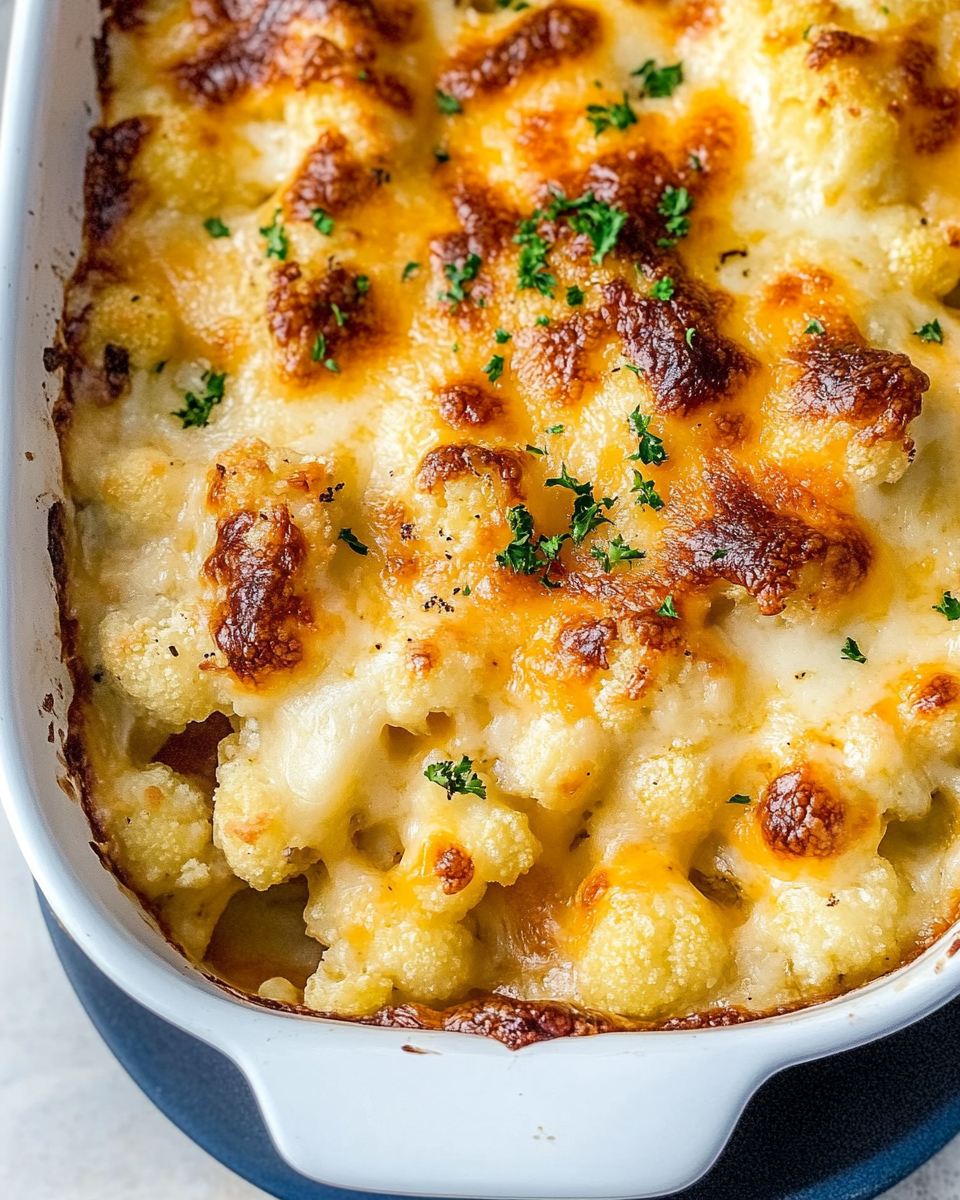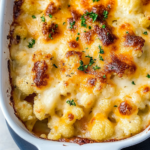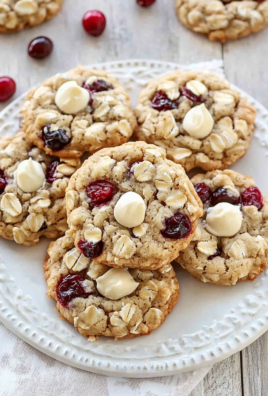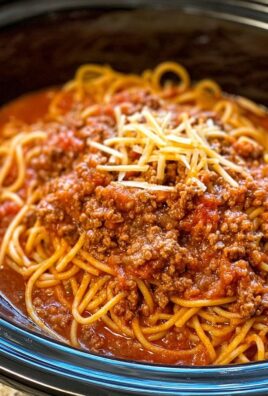Cream cheese pasta is a simple, creamy, and comforting dish that comes together in just 10 minutes. This recipe is perfect for busy weeknights, lazy weekends, or any time you crave a warm bowl of cheesy pasta without spending hours in the kitchen. With just a handful of pantry staples, this dish delivers a rich, velvety sauce that coats your favorite pasta perfectly.

Why You’ll Love This Recipe
- Quick and easy: Ready in just 10 minutes from start to finish.
- Minimal ingredients: Uses ingredients you likely already have on hand.
- Incredibly creamy: Cream cheese creates a luscious sauce without needing heavy cream.
- Budget-friendly: Great for students, families, or anyone looking to save money.
- Customizable: Add veggies, protein, or spices to make it your own.
This cream cheese pasta is ideal as a standalone meal, but it also pairs well with a simple salad or garlic bread. It’s versatile, comforting, and an excellent go-to recipe for anyone who loves pasta and creamy sauces.
Preparation Phase & Tools to Use
Before you begin, make sure you have everything ready. This is a fast-paced recipe, so preparation is key.
Essential Tools and Equipment
- Large pot – for boiling the pasta.
- Skillet or sauté pan – to create the sauce.
- Tongs or spatula – to toss the pasta in the sauce.
- Measuring cups and spoons – for accurate ingredient portions.
- Grater or microplane – for fresh parmesan.
Importance of Each Tool
Using a large pot ensures the pasta cooks evenly. A non-stick skillet makes mixing the sauce easier and prevents sticking. Tongs help toss the pasta efficiently, ensuring the sauce coats every strand or shape. Grating your own parmesan cheese allows it to melt smoothly and integrate into the sauce without clumps.
Preparation Tips
- Reserve pasta water: This starchy water is key to loosening the sauce and making it silky.
- Use full-fat cream cheese: It melts better and provides the best texture.
- Grate fresh parmesan: Pre-grated cheese doesn’t melt well and can make the sauce gritty.
- Don’t brown the garlic: Cook it gently to infuse flavor without bitterness.
- Taste before seasoning: Parmesan and pasta water already add salt.
Ingredients
Here’s what you need for this quick cream cheese pasta recipe:
| Ingredient | Quantity | Notes |
|---|---|---|
| Pasta | 1/2 lb (225 g) | Any shape: spaghetti, penne, etc. |
| Cream cheese | 3/4 cup (160 g) | Full-fat, tub-style preferred |
| Parmesan cheese | 1/4 cup (30 g) | Freshly grated |
| Olive oil | 1 tbsp | Plus extra for serving |
| Garlic | 1–2 cloves | Minced or pressed |
| Pasta cooking water | 1/2 cup (120 ml) | Plus more as needed |
| Chili flakes (optional) | 1/4–1/2 tsp | For a mild kick |
| Salt and pepper | To taste | Adjust after combining sauce |
Step-by-Step Instructions
Follow these simple steps to make the perfect cream cheese pasta:
- Boil the pasta
Bring a large pot of salted water to a boil. Cook your pasta until al dente, according to package instructions. - Reserve the pasta water
Just before draining, scoop out 1 cup of pasta water and set it aside. Drain the rest. - Start the sauce
In a large skillet over low heat, warm 1 tablespoon of olive oil. Add minced garlic and chili flakes if using. Cook for 2–3 minutes, stirring often, until fragrant but not browned. - Add cream cheese and pasta water
Stir in the cream cheese and 1/2 cup of the reserved pasta water. Mix until smooth and creamy. - Incorporate the parmesan
Stir in the grated parmesan and mix well to fully combine. The sauce should be velvety and slightly thickened. - Toss the pasta
Add the drained pasta to the skillet. Toss thoroughly so the sauce evenly coats the pasta. If needed, add a splash more pasta water to loosen the sauce. - Finish and serve
Plate the pasta immediately. Drizzle with a bit of olive oil, sprinkle with extra parmesan, and season with freshly ground black pepper.
Variations and Tips
- Add greens: Stir in spinach, kale, or arugula before serving.
- Protein boost: Mix in shredded rotisserie chicken or crispy pancetta.
- Lemon zest: Add a touch of lemon zest for brightness and balance.
- Gluten-free option: Use your favorite gluten-free pasta.
Serving Suggestions for Cream Cheese Pasta
Cream cheese pasta is incredibly versatile when it comes to presentation and pairing. Its rich, creamy base makes it satisfying on its own, but it also welcomes a wide variety of toppings and accompaniments.
Best Ways to Serve
- Serve hot and fresh: This pasta tastes best immediately after cooking when the sauce is silky and smooth.
- Top with fresh herbs: Chopped basil, parsley, or chives add a burst of freshness.
- Add a drizzle of olive oil: A final touch of high-quality olive oil enhances the richness.
- Sprinkle extra parmesan: For added umami and saltiness, freshly grated parmesan is ideal.
- Cracked black pepper: A few turns of the grinder adds subtle spice and visual appeal.
- Red chili flakes: Ideal for those who like a bit of heat.
You can also customize the base with sautéed vegetables, grilled proteins, or a dash of lemon zest to brighten the flavor profile. The neutral cream cheese base makes it easy to experiment with your own variations.
Common Mistakes to Avoid
Even though cream cheese pasta is a simple dish, a few missteps can affect the flavor and texture. Avoiding these common mistakes will ensure a perfect result every time.
Overcooking the Garlic
Garlic burns quickly and becomes bitter when sautéed over high heat. Always cook it gently over low heat for just a few minutes. Stir frequently and watch closely for a light golden color without browning.
Skipping the Pasta Water
The starchy pasta water is essential to creating a creamy, cohesive sauce. Without it, the cream cheese may become too thick or separate. Always reserve at least 1/2 cup before draining the pasta.
Using Low-Fat Cream Cheese
While tempting, low-fat cream cheese doesn’t melt as well and can lead to a grainy sauce. Full-fat, tub-style cream cheese offers the best texture and flavor.
Adding Too Much Salt
Remember that both parmesan and pasta water contain salt. Always taste the sauce before adding any additional salt to avoid over-seasoning.
Letting the Sauce Dry Out
After combining the pasta and sauce, it’s important to serve immediately. If left too long, the sauce can dry or thicken excessively. Keep a little pasta water on hand to loosen the sauce just before serving.
Side Dish Recommendations
A bowl of cream cheese pasta is satisfying, but pairing it with the right side can take your meal to the next level. These side dishes add contrast, texture, or freshness that complements the richness of the pasta.
1. Arugula Salad with Lemon Vinaigrette
The peppery arugula balances the creamy pasta, and the citrus vinaigrette helps cut through the richness. Top with shaved parmesan for continuity.
2. Garlic Bread or Homemade Focaccia
Crispy on the outside and fluffy inside, garlic bread is a classic partner for creamy pasta. Focaccia, especially when topped with rosemary or olives, offers a flavorful twist.
3. Roasted Vegetables
Caramelized vegetables such as Brussels sprouts, zucchini, or carrots add a slightly sweet and earthy contrast. Drizzle with balsamic glaze for added depth.
4. Caprese Salad
A fresh mix of tomatoes, mozzarella, and basil dressed in olive oil and balsamic vinegar complements the creamy sauce while keeping things light.
5. Tomato Basil Soup
Pairing a warm soup with a bowl of pasta may sound indulgent, but the acidity of tomato basil soup provides a pleasant counterbalance to the creaminess of the pasta.
6. Cucumber Yogurt Dip with Pita
This cool and creamy side provides a light, refreshing contrast. The crunch of the pita adds needed texture to your plate.
7. Steamed Broccoli with Olive Oil
Broccoli adds a healthy, slightly bitter element that contrasts the mild cheese sauce. A splash of olive oil or squeeze of lemon enhances the flavor.
8. Grilled Asparagus with Lemon
Grilled asparagus delivers a smoky, crisp bite that works beautifully with the smooth texture of cream cheese pasta. A squeeze of lemon helps brighten both dishes.
Customizing Your Pairings
When choosing a side, consider the overall balance of the meal. Since cream cheese pasta is rich and soft in texture, sides that are crisp, tangy, or acidic will create contrast. Think in terms of texture, temperature, and flavor profile to elevate your dinner from simple to memorable.
Pro Tips for the Best Cream Cheese Pasta
- Use fresh ingredients
The quality of the cream cheese and parmesan plays a huge role in the final flavor. Choose full-fat, high-quality options and grate the parmesan fresh if possible. - Add pasta water slowly
Stir in a little at a time. This allows the sauce to emulsify properly, creating a smooth, glossy texture. - Toss pasta while still hot
Adding pasta fresh from the pot into the sauce helps everything blend smoothly. Cold pasta may resist absorbing the sauce. - Brighten the flavor
A small squeeze of lemon or a touch of zest adds a nice contrast to the rich cheese sauce, especially if you’re serving with heavier sides. - Finish with freshness
Top with herbs like basil, parsley, or chives for color and a hint of freshness.
Storage Instructions
Though cream cheese pasta is best eaten right after it’s made, leftovers can still be enjoyed with a bit of care.
How to Store
- Transfer leftovers to an airtight container.
- Refrigerate within 1 hour of cooking.
- Store in the fridge for up to 2 days.
- Avoid freezing, as the sauce can separate and become grainy when thawed.
Reheating Instructions
To bring your pasta back to life without drying it out:
- Add a splash of water or milk to a saucepan.
- Heat over low heat, stirring frequently until warmed through.
- If needed, add a bit of extra grated parmesan to thicken the sauce again.
Short pasta shapes (penne, fusilli, shells) reheat better than long ones like spaghetti. Avoid microwaving on high, as it may cause the sauce to break. Instead, use medium power and stir halfway through.
Frequently Asked Questions
Can I use low-fat cream cheese?
Yes, but full-fat cream cheese is preferred for a smoother, richer sauce. Low-fat versions may result in a thinner or slightly grainy texture.
What type of pasta works best?
Any dried pasta shape works well. Short shapes like penne, rigatoni, or fusilli tend to hold the sauce best. Spaghetti and linguine also work if you prefer long noodles.
Can I add vegetables or protein?
Absolutely. Sautéed spinach, mushrooms, or peas are great additions. For protein, try grilled chicken, shrimp, or chickpeas for a vegetarian option.
Is cream cheese pasta vegetarian?
Yes, as long as your parmesan cheese is made without animal rennet. Check the label to confirm if it’s suitable for a vegetarian diet.
Can I make this recipe gluten-free?
Yes, simply substitute with gluten-free pasta. Ensure all other ingredients, including your cream cheese and parmesan, are certified gluten-free if needed.
Why does my sauce look clumpy?
Clumpy sauce often results from low-fat cheese or cold ingredients. Make sure the cream cheese is softened, and always add warm pasta water slowly while stirring.
How do I make the sauce thicker?
To thicken the sauce, simmer for an extra minute or add more parmesan. Avoid reducing too much or the sauce may turn overly salty.
Can I make cream cheese pasta ahead of time?
This dish is best made fresh, but you can prepare the sauce in advance and reheat it gently before tossing with cooked pasta.
Final Thoughts
Cream cheese pasta is the perfect balance of comfort, simplicity, and flavor. With just a few ingredients and a single skillet, you can create a dish that feels both indulgent and effortless. Whether you’re short on time, cooking on a budget, or simply want something satisfying, this recipe delivers every time.
Its creamy base serves as a blank canvas for endless customization, from herbs and vegetables to proteins and spices. With a few thoughtful sides, you can turn this quick meal into a complete, well-rounded dinner that works for any occasion.
So next time you’re pressed for time but still want something homemade and delicious, keep this cream cheese pasta recipe in your back pocket. It might just become your go-to weeknight favorite.
Cheesy Cauliflower Bake
Ingredients
- 1 head cauliflower chopped into florets (about 5 cups)
- 2 slices bacon chopped
- 1 tablespoon olive oil
- ¼ cup yellow onion diced
- 3 garlic cloves minced
- 1 cup almond milk or milk of choice
- 2 tablespoons all-purpose flour or tapioca flour for gluten-free
- 1 cup shredded cheddar cheese
- 1 cup shredded parmesan cheese
- ½ teaspoon salt
- 2 tablespoons chives chopped
Instructions
- Preheat the oven to 400°F (200°C).
- In a large skillet over medium heat, cook the chopped bacon until crispy. Remove with a slotted spoon and set aside, reserving the bacon grease in the skillet.
- In a separate saucepan, bring water to a boil. Add cauliflower florets and cook for 5 minutes. Drain and set aside.
- Add olive oil to the bacon grease in the skillet, followed by diced onion and garlic. Sauté for 3–5 minutes until the onion is soft and translucent.
- In a small bowl, whisk together the milk and flour until smooth.
- Pour the milk mixture into the skillet and bring to a low boil, just until the edges begin to bubble.
- Stir in the cheddar cheese, parmesan, and salt. Whisk continuously until the sauce is smooth and creamy.
- Add the cooked cauliflower to the cheese sauce, stirring to fully coat the florets.
- Transfer the cheesy cauliflower mixture to an 8×8-inch baking dish. Sprinkle the cooked bacon evenly on top.
- Bake for 20 minutes, until bubbly and golden.
- Remove from the oven, top with chopped chives, and serve hot.




Leave a Comment